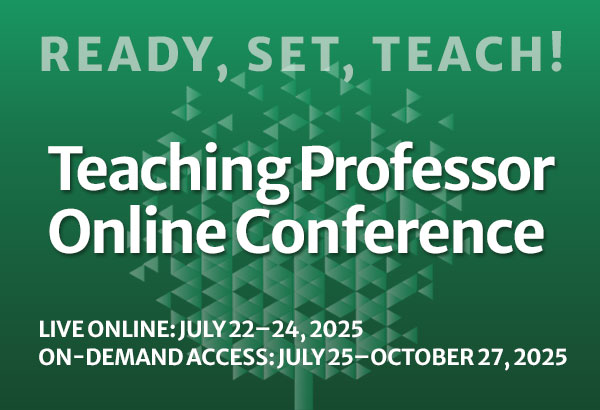
Why Do We Need Inclusive Teaching If Everyone Learns in the Same Way?
Do people learn in the same way or different ways? According to cognitive science, the answer is the former. There are general principles of learning that apply to everyone, such as the importance of attention and the value of good learning strategies like spacing and












